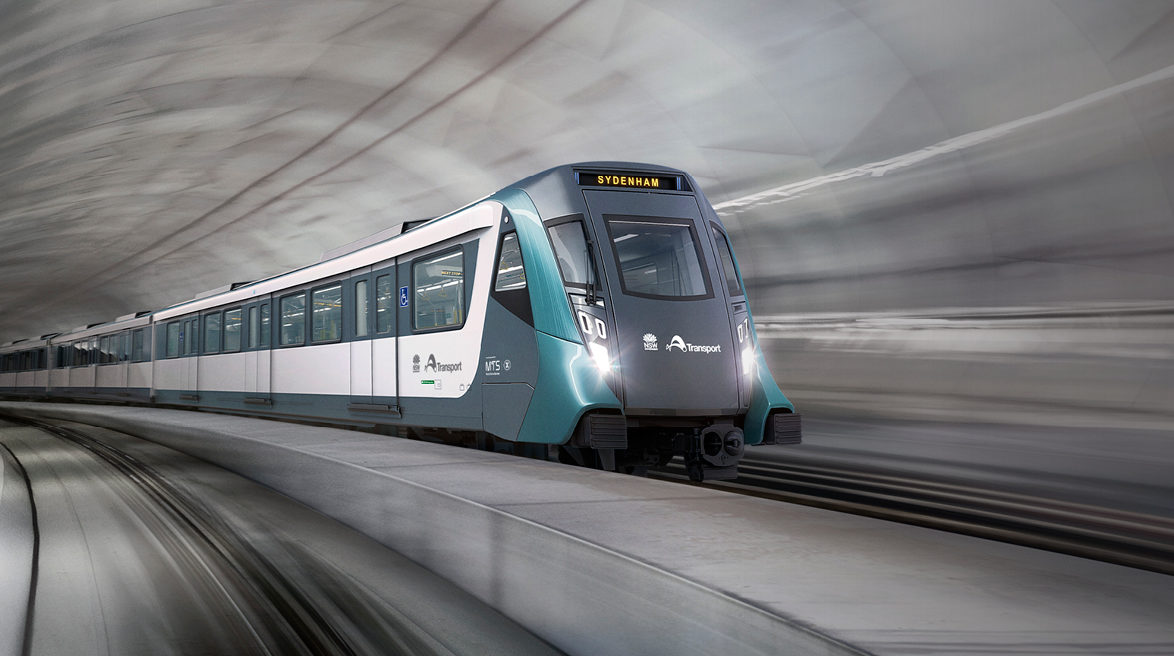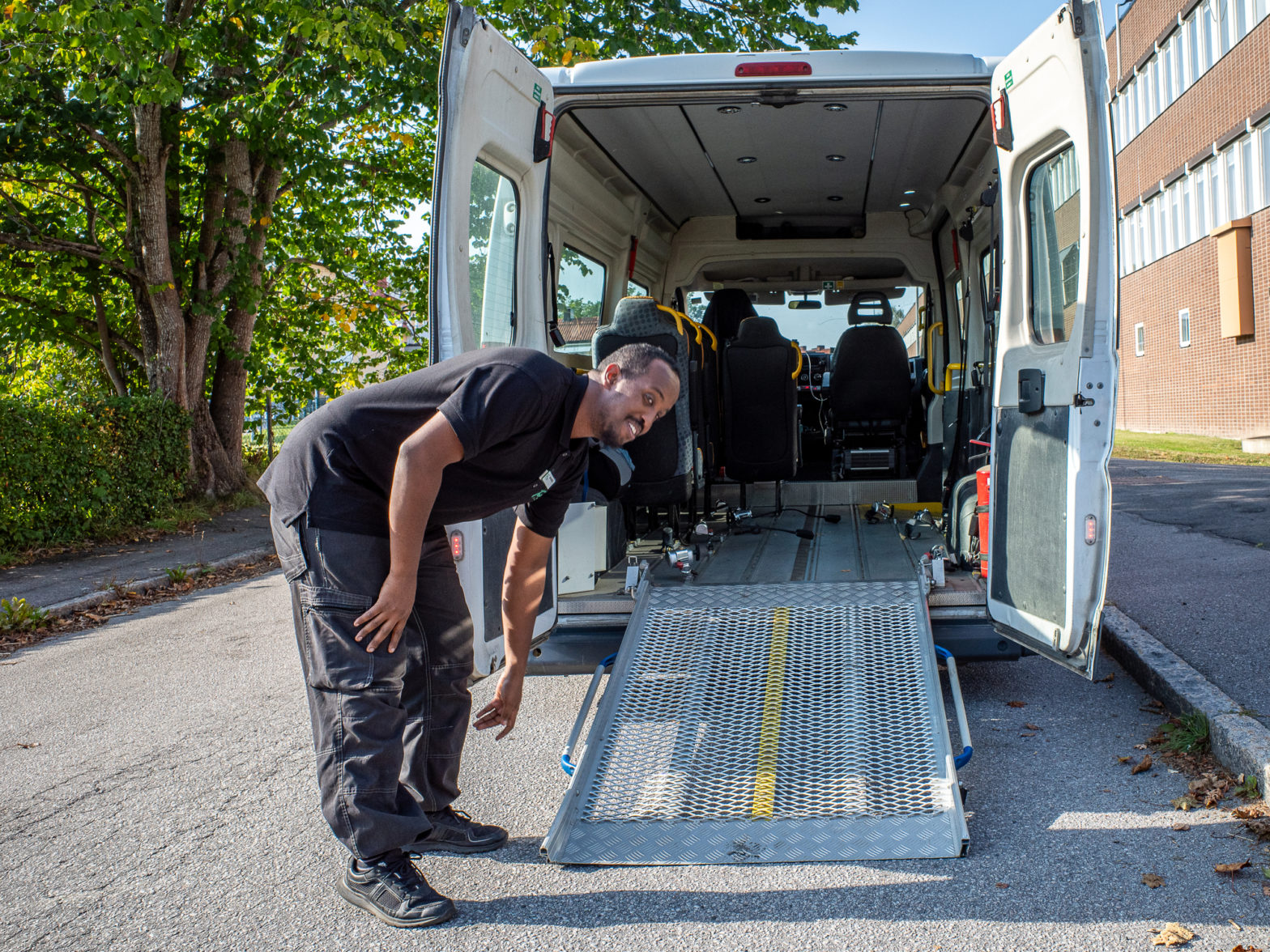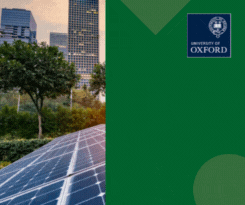
Photo: Transport NSW
Sydney expands underground with new driverless metro line
20 August 2024
by Christopher Carey
Sydney, Australia has expanded its metro network with a new 15.5-kilometre line featuring six new stations.
The extension of the AUD$21.6 billion (US$14.55 billion) driverless metro line had been scheduled to open on 4 August, but this was postponed after safety approvals were not received in the days leading up to its launch.
“It was a really proud moment for me and my team as we saw people tap on to the Metro under the central business district for the first time,” said Hugh Lawson, Project Director, Sydney Metro City.
“Years of work is finally on show as hundreds of thousands of Sydneysiders flow through our brand new stations.
“Well done to everyone who played a role in the project and thank you to everyone who’s given Metro a go and tapped on.”
Expanding network
The expansion is part of a wider AUD$65 billion transformation of the city’s metro network.
More than 264,000 passenger trips are forecast each weekday on the line, which is now known as the M1.
The final part of the M1 is due to open late next year, followed by a 23-kilometre metro link to Western Sydney Airport in 2026.
Last month, Australian advocacy group the Climate Council published a report examining the accessibility of public transport across the country’s biggest cites, looking into factors such as reliability and frequency.
Sydney ranked top of the list, with the report finding that over 67 percent of residents have access to a “minimal level” of public transport – defined as an address within 800 metres or a 10-minute walk of a service that runs at least every 15 minutes between 7am and 7pm.
The report noted that only 27 percent of Sydney residents use public transport to travel to work however, with the majority preferring to use cars.
In an effort to increase public transport usage, a number of upgrades are set to roll out over the next couple of years to entice more commuters.
The NSW government has allocated AUD$139.5 million to the state’s bus network to modernise the fleet and create more reliable, accessible services.
Set to begin later this year, the work will see changes to 4,000 buses in Greater Sydney and another 1,000 in outer metropolitan areas.
The upgrades include steps to eliminate so-called ‘ghost buses’ by replacing old technology to provide passengers with live information about when the next service is coming, and the installation of on-board screens and audio announcements.
Image: Transport NSW









